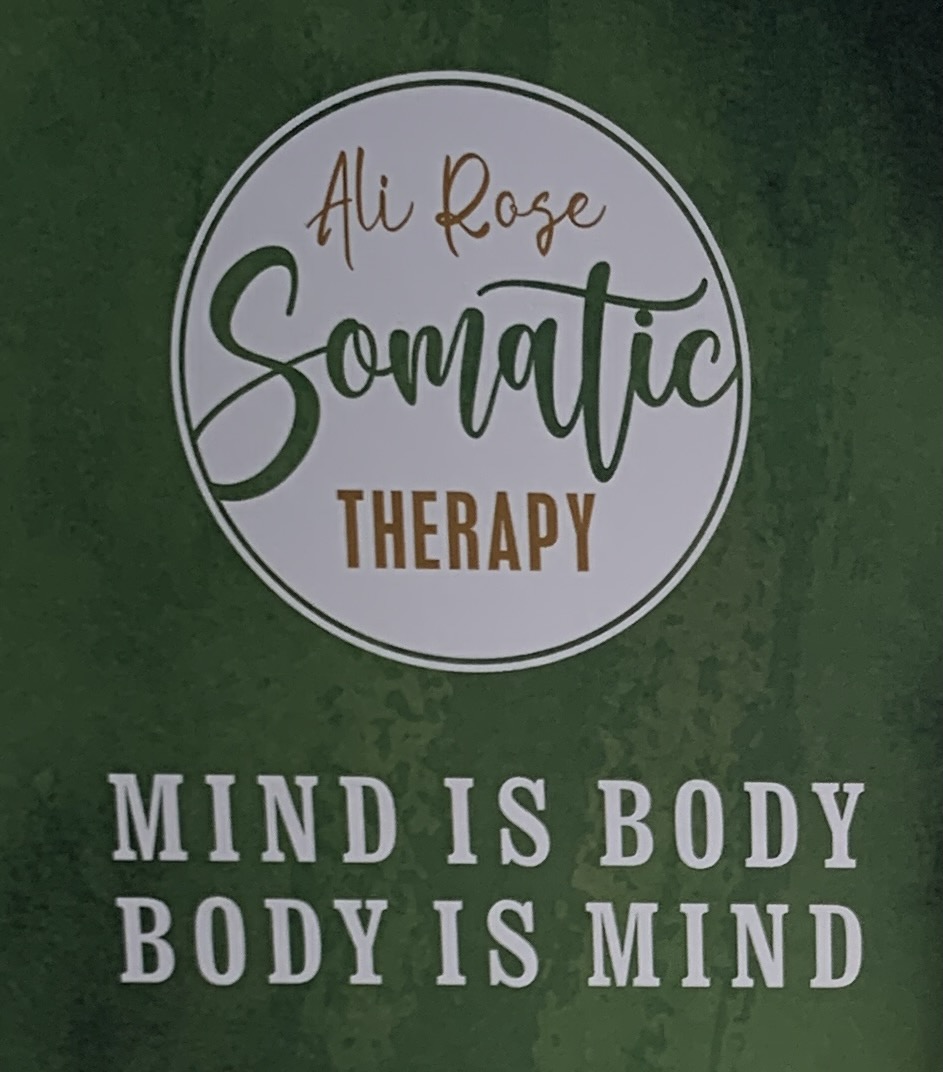What is Somatic Therapy
by Ali ROSE
When a person arrives at their first somatic therapy session with me, we will have already spoken during the free 15 minute phone call that I offer to answer the initial questions most people will have.
Some people will have already explored a form of therapy as they seek to resolve their physical, emotional or psychological issues, with ‘matters of the head’ being taken to talking therapists and ‘body matters’ visiting a physio, osteopath or the like. Mostly people will experience some initial relief but go on to find their symptoms returning in the longer term. Recognising mind and body as inseparable, somatic therapy can include talking, clothed touch and movement to give space for what the body holds. It can be an effective approach for many people bringing new insights to old problems and life experiences.
We often speak of having a body as if it were separate but the body is where you experience your thinking-feeling self. As a body-mind therapist I view symptoms as the language of the body, a non-verbal communication that’s calling for a persons attention. Through our work together most people come to understand that their symptoms or concerns are not random intrusions into their life but make sense as an expression of who and how they are. My role is to encourage your curiosity and capacity to be be with rather than suppress these signals so that understanding and insight can be harvested and integrated in a way that creates positive change for you.
Whilst a somatic approach to therapy anchors itself in the body’s experience, there are many people who identify more with their minds and for whom the body is an unexplored territory simply causing pain or discomfort. Western culture marginalises all of us from our bodily experience by elevating left brain logic until we are, in the words of writer Philip Shepherd ‘like astronauts stuck out in orbit’. Talking therefore plays an important role in all my sessions acting not only as a bridge between the familiar (mind) and the unfamiliar (body) but allowing us to build a connection as we work collaboratively together.
Those for whom their body has or is a painful unsafe to be, a retreat to the mind is entirely understandable and recognising a disconnect of body-mind becomes a meaningful starting place. For such people we might simply begin with exploring the ‘presence skills’ of grounding and orientating either sitting, standing or lying on the floor. Our intention here is to become conscious of what helps anchor presence in the here and now, for some it will be noticing of external sights and sounds whilst for others the internal cues of breath or muscle tone might best be accessed though movement or clothed touch. Through this simple but foundational process we establish the body as the safe tangible ground of our present moment experience and the place in which physical-emotional-psychological change can arise.
Re-establishing body-mind connection is essentially like rebuilding any relationship, the process requires patience, trust, and as I find with my clients, humour! We are bringing the separated parts of ourselves together, regaining our wholeness and this is an undertaking that benefits from an attitude of curiosity, kindness and the compassionate company of a non-judgemental companion .
Offering Somatic therapy in Bristol and Chepstow, our work together can be short or long term with the regularity of sessions being agreed between us to best suit your needs and circumstance. In the first instance I usually recommend an Introductory session of 75 minutes.
As a Registered Somatic Therapist with ISMETA (find my listing HERE) with a Diploma as an Integrative Bodywork and Movement Therapist with IBMT (see my listing HERE) I meet and uphold ISMETA’s high Standards of Practice and the Code of Ethics and undertake regular supervision.
#somatic therapy #bodymindtherapy #bodymind #bristol # bristoltherapists #chepstowtherapists


